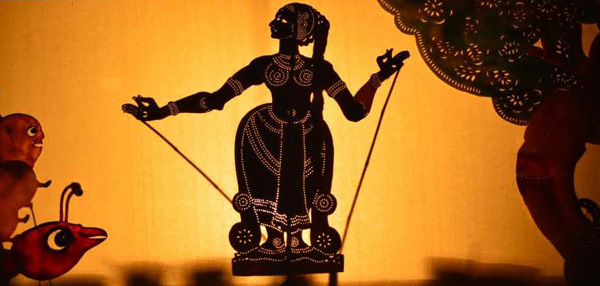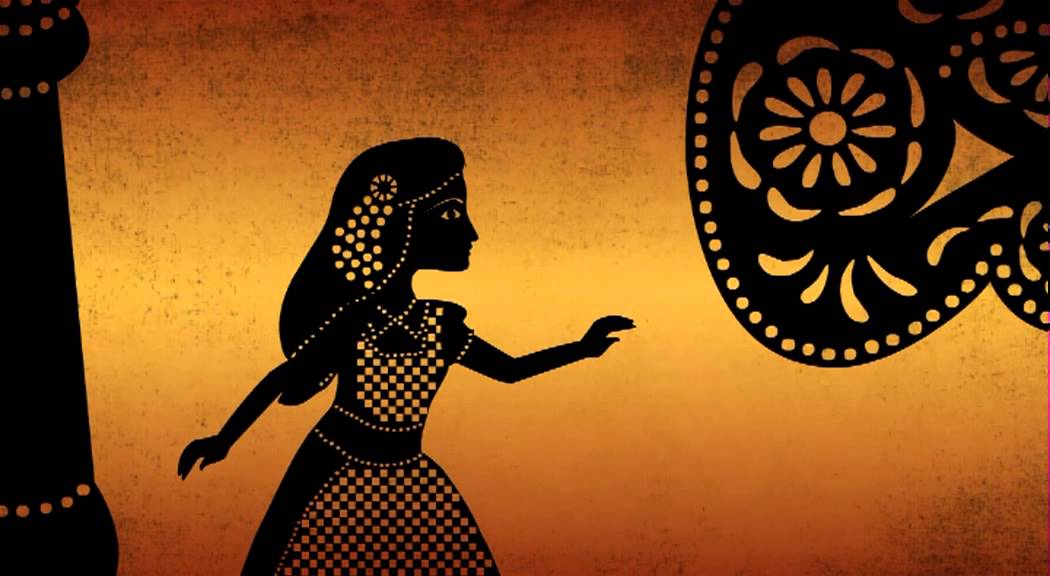Kerala, often referred to as “God’s Own Country,” is a land rich in culture and tradition. One of the most captivating and lesser-known art forms that has flourished in this South Indian state for centuries is Tholpavakooth, a unique form of shadow puppetry. Tholpavakooth, also known as Tholpava Koothu, is a traditional art form that combines storytelling, music, and intricate craftsmanship to create enchanting shadow plays.
The Origins of Tholpavakooth
Tholpavakooth finds its roots in the sacred temple traditions of Kerala. It is believed to have originated around 300 years ago in the Koothumadam (puppetry stage) of the Koothumadam Temple in Kottayam district. Initially, this art form was exclusively performed as a temple ritual during festivals and ceremonies, making it an integral part of Kerala’s religious and cultural heritage.

The Craftsmanship
What sets Tholpavakooth apart is the intricate craftsmanship involved in creating the shadow puppets. Artisans known as Tholpavakoothans painstakingly craft these puppets from the bark of the areca nut tree. The process involves several stages, from carving and sculpting to painting and decorating. These puppets, often adorned with vibrant colors and intricate detailing, are a testament to the dedication and skill of the artists.
The puppets are typically made in pairs, with one depicting gods, goddesses, or heroes and the other representing demons or negative characters. The juxtaposition of these characters allows for the dramatic storytelling that is a hallmark of Tholpavakooth.
The Performance
Tholpavakooth performances are usually held in temple premises or cultural festivals. The puppeteers, also known as Tholpavakoothans, manipulate the puppets behind a white screen or cloth. A powerful light source is placed behind the screen to cast the shadows of the puppets onto it, creating a mesmerizing display for the audience.
The puppeteers are not just skilled in puppet manipulation but also possess a deep understanding of the traditional stories and epics that form the basis of their performances. These narratives are often drawn from the Ramayana, the Mahabharata, and other ancient texts. The stories are narrated through dialogue and accompanied by traditional music and percussion instruments, including the chenda (a type of drum) and ilathalam (cymbals).
Significance and Cultural Preservation
Tholpavakooth plays a crucial role in preserving Kerala’s cultural heritage. It serves as a medium for passing down traditional stories, myths, and legends from one generation to the next. In a rapidly modernizing world, the continuation of this ancient art form helps keep alive the cultural and religious traditions of Kerala.
Additionally, Tholpavakooth is a source of livelihood for the artisans and performers involved in the craft. By supporting Tholpavakooth, we contribute to the sustenance of an art form that has deep historical and cultural significance.

Challenges and Future Prospects
Despite its cultural importance, Tholpavakooth faces several challenges in the modern era. One of the primary challenges is the declining number of skilled artisans and performers. Younger generations are often drawn to more lucrative professions, leaving a shortage of individuals willing to dedicate themselves to this labor-intensive craft.
However, there is hope on the horizon. Efforts by cultural organizations, government initiatives, and increased awareness among the public have led to a renewed interest in Tholpavakooth. This has resulted in the revival of some aspects of the art form and its introduction to a broader audience through workshops, festivals, and tourism initiatives.
Tholpavakooth is a hidden gem in Kerala’s rich cultural treasury. This ancient shadow puppetry form, with its exquisite craftsmanship and captivating storytelling, continues to enchant audiences while preserving the traditions and myths of the region. To ensure the survival and flourishing of Tholpavakooth, it is imperative that we support the artisans and performers who keep this remarkable art form alive. By doing so, we contribute to the preservation of Kerala’s cultural heritage for generations to come.


